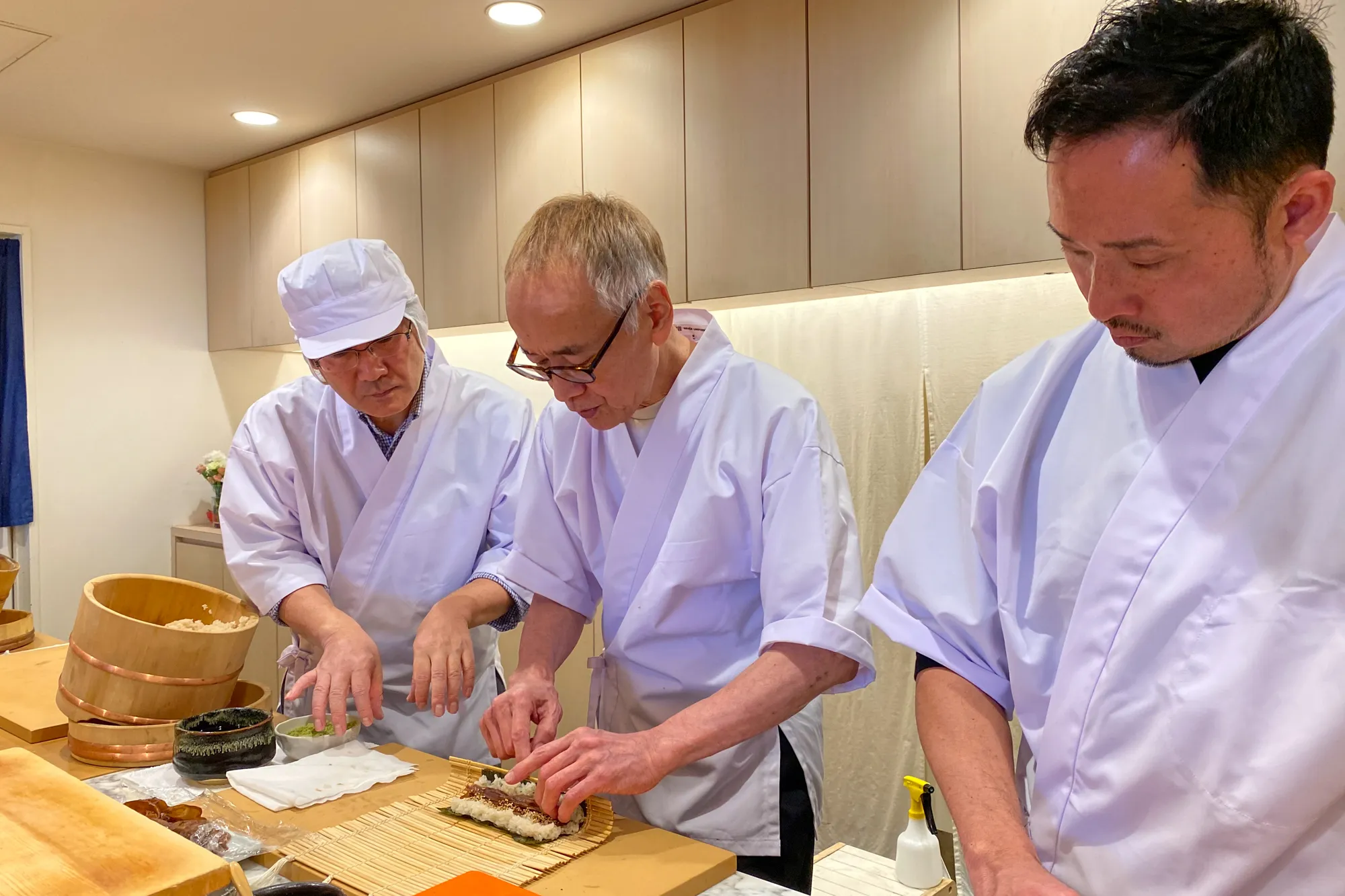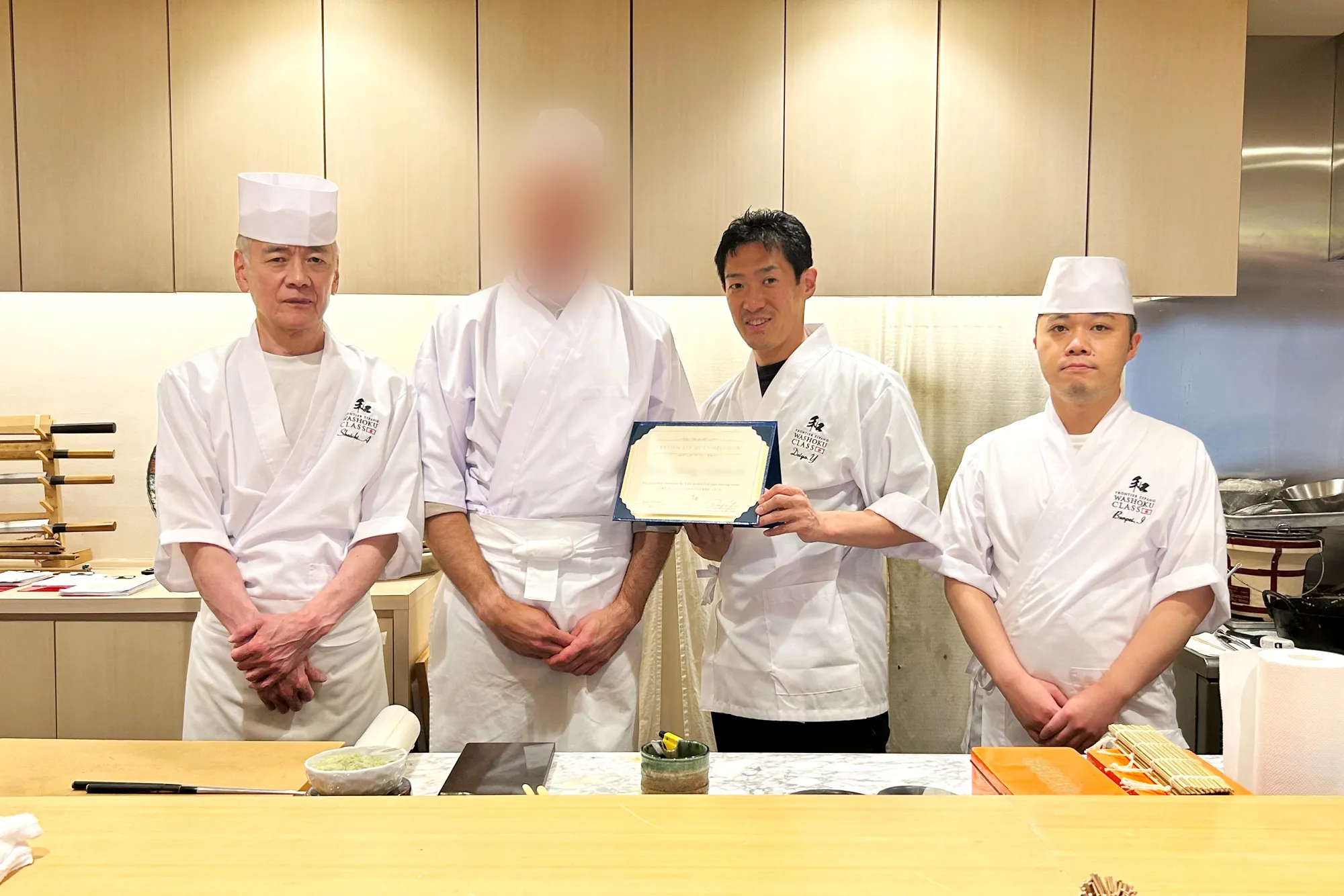Lesson Report: Four-Day Private Special Course (Part 2: 2-Day Wagyu Session)
May 10, 2024
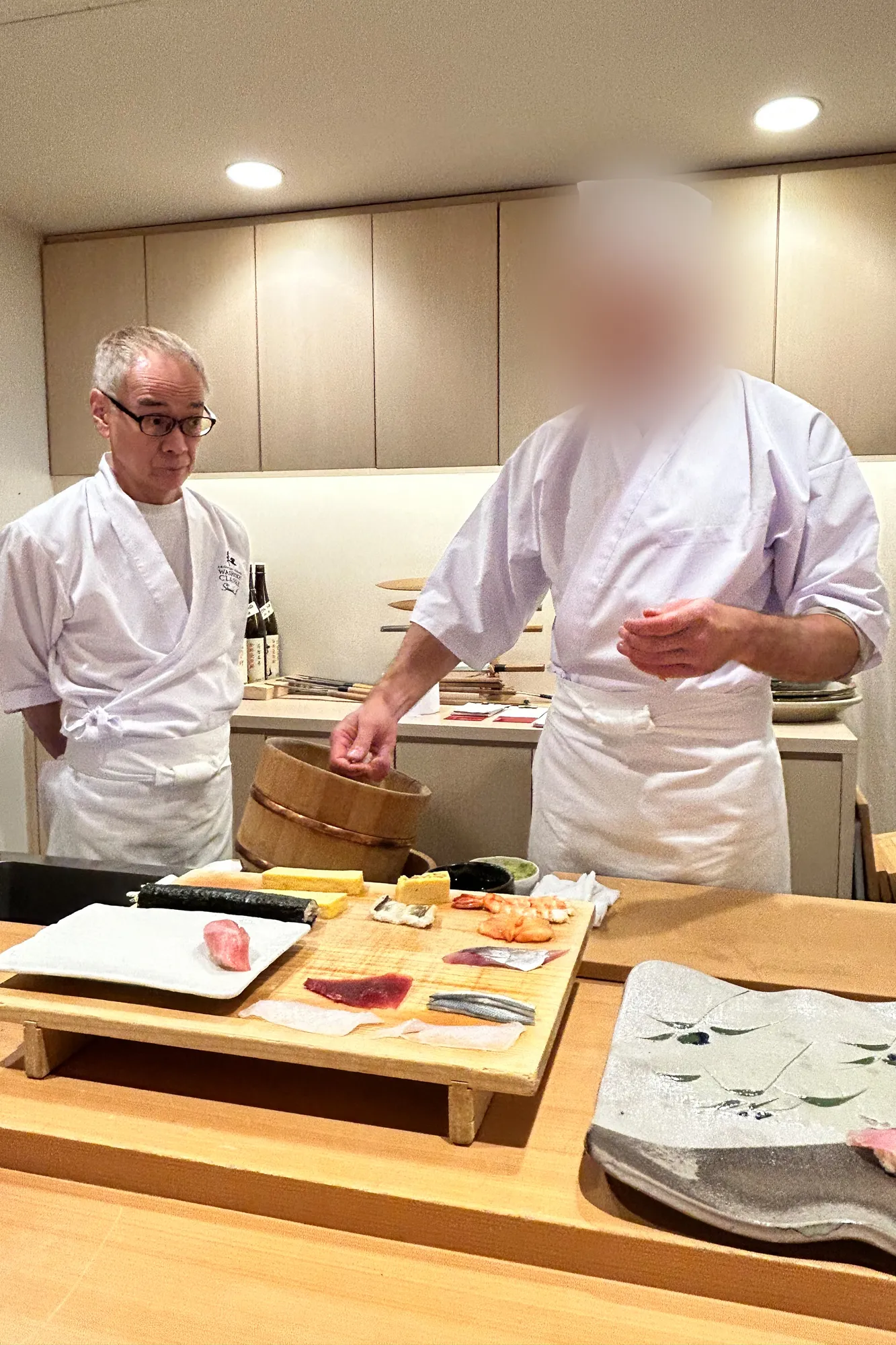
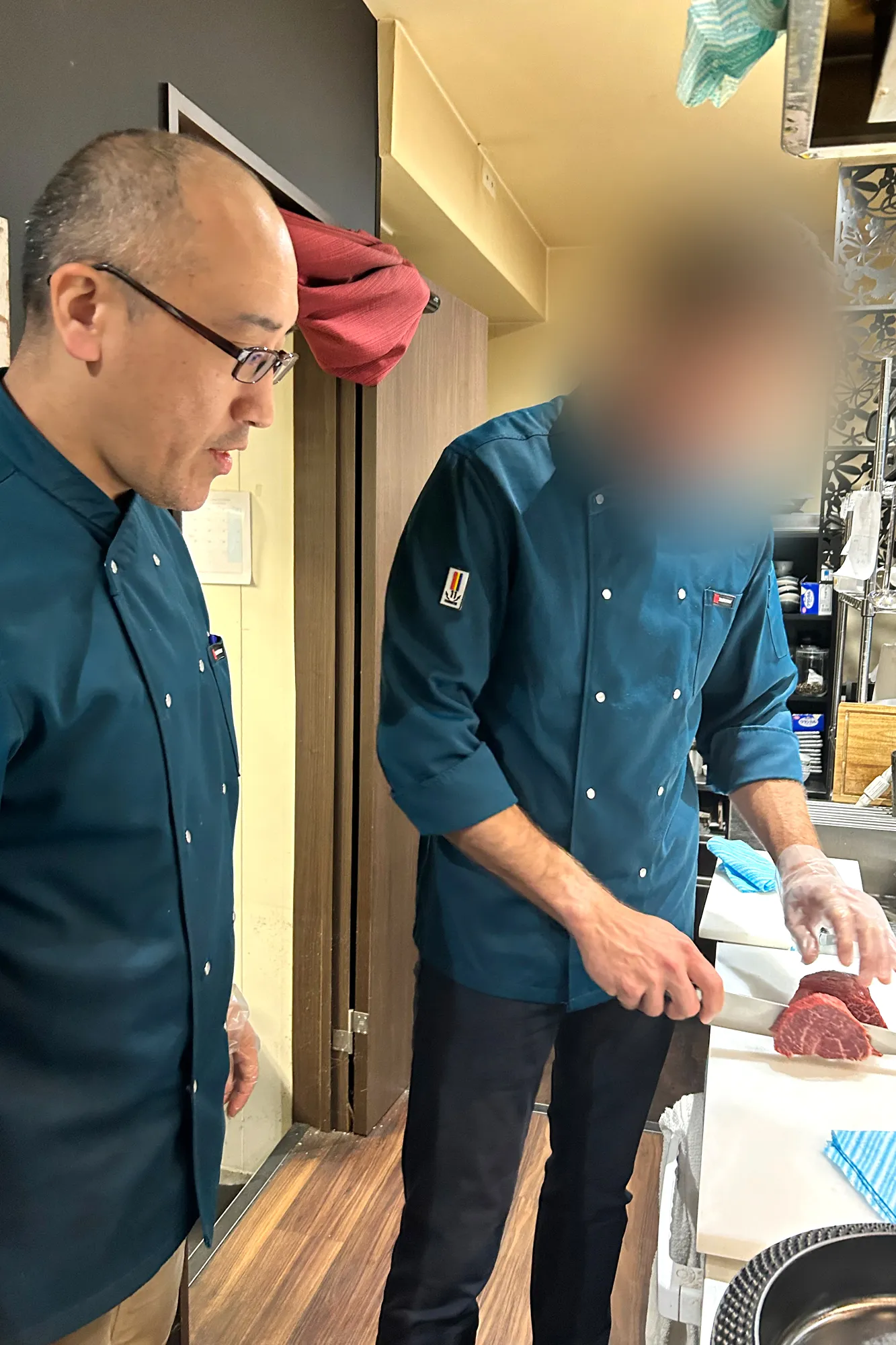
[ 2-Day Wagyu Session ]
The student loves not only to eat but also to cook wagyu (any of four different kinds of Japanese cattle raised specifically in Japan) at home. In this session, he expects to expand his repertoire of recipes using wagyu.
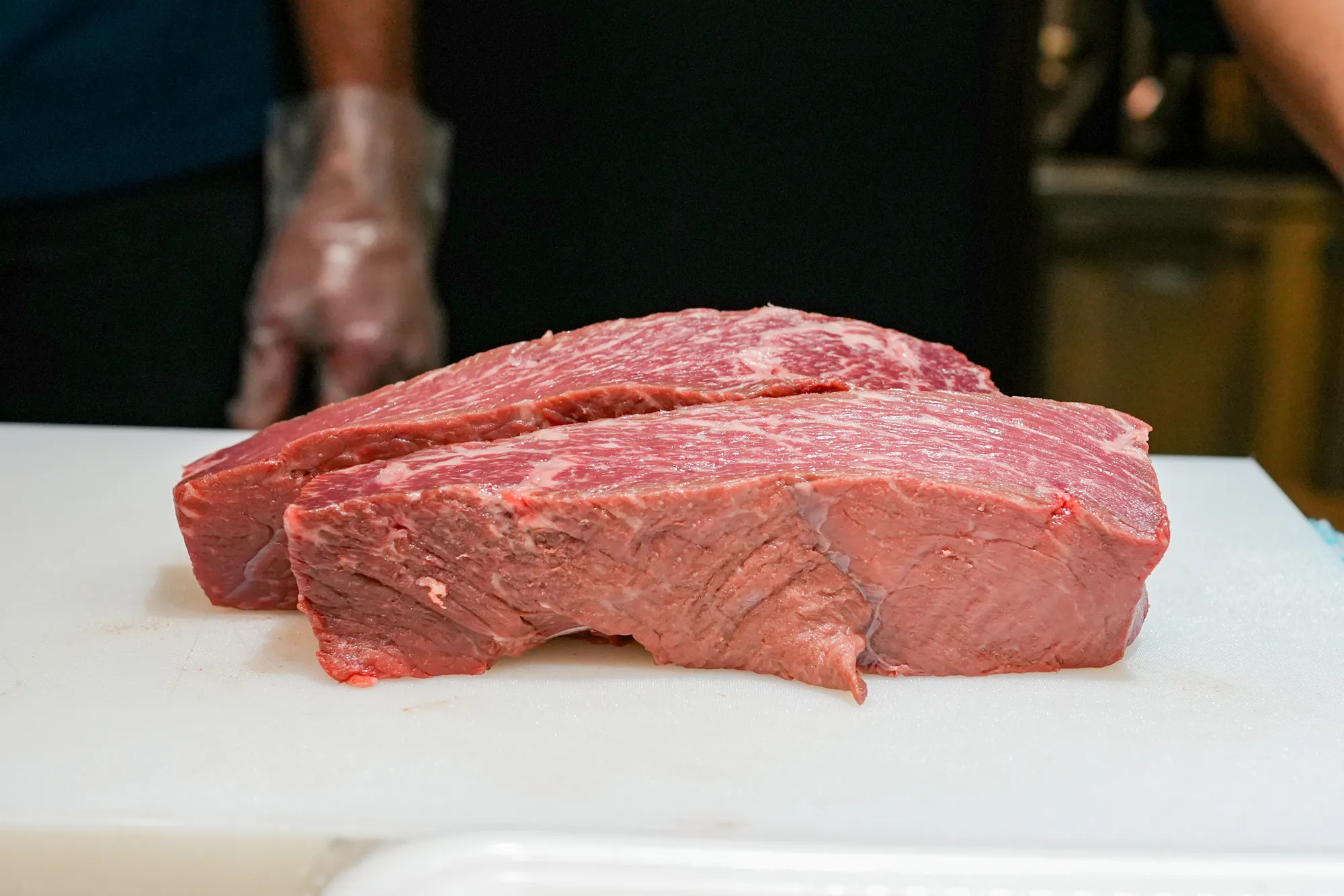

To begin with, the instructor gives the student an explanation about A5-ranked Matsuzaka Beef, which is mainly used in the session. Thigh, sirloin, rump, and picanha are used in the session. It will be fun to compare Matsuzaka Beef with other A5-ranked wagyu.
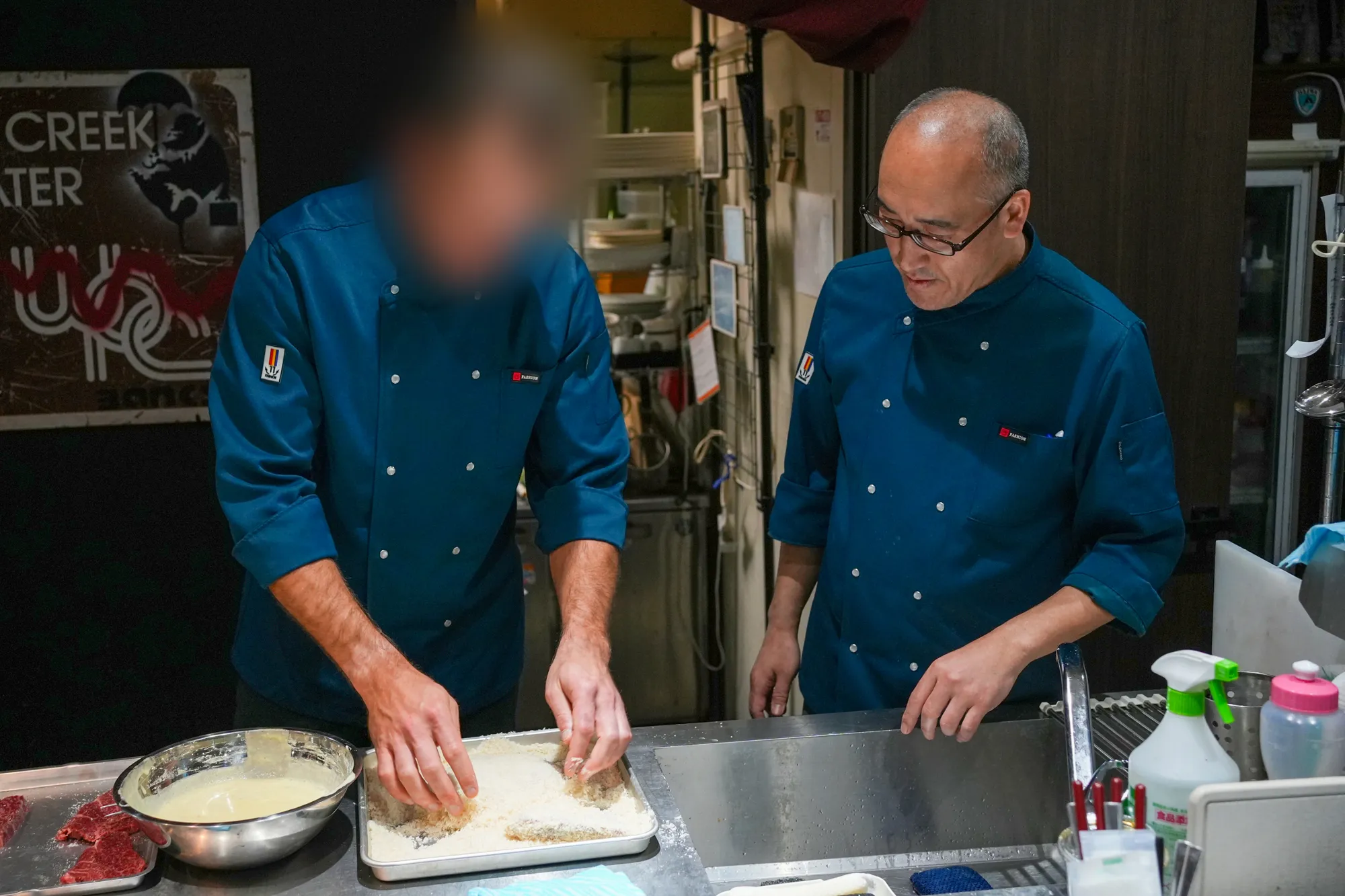
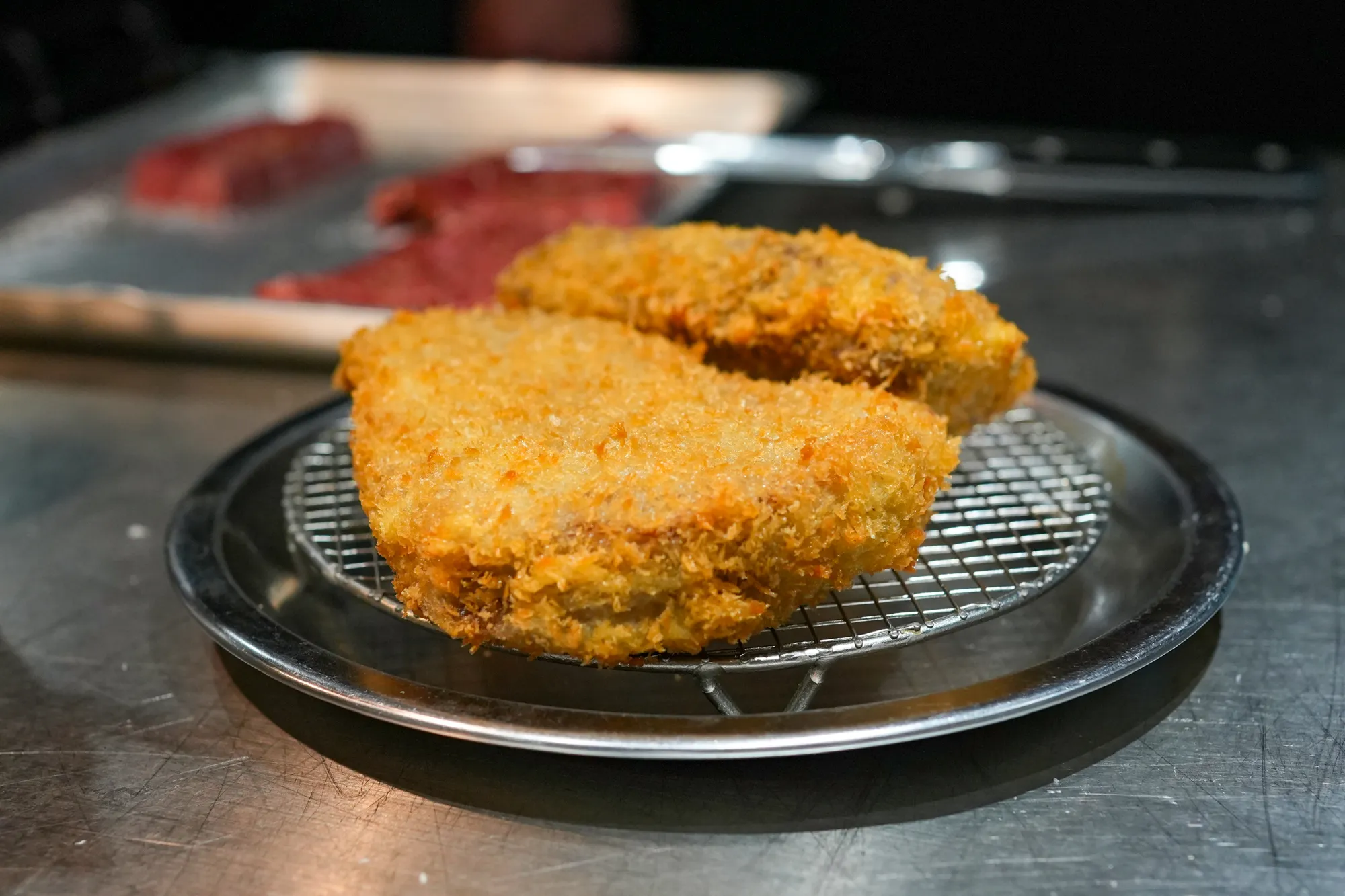
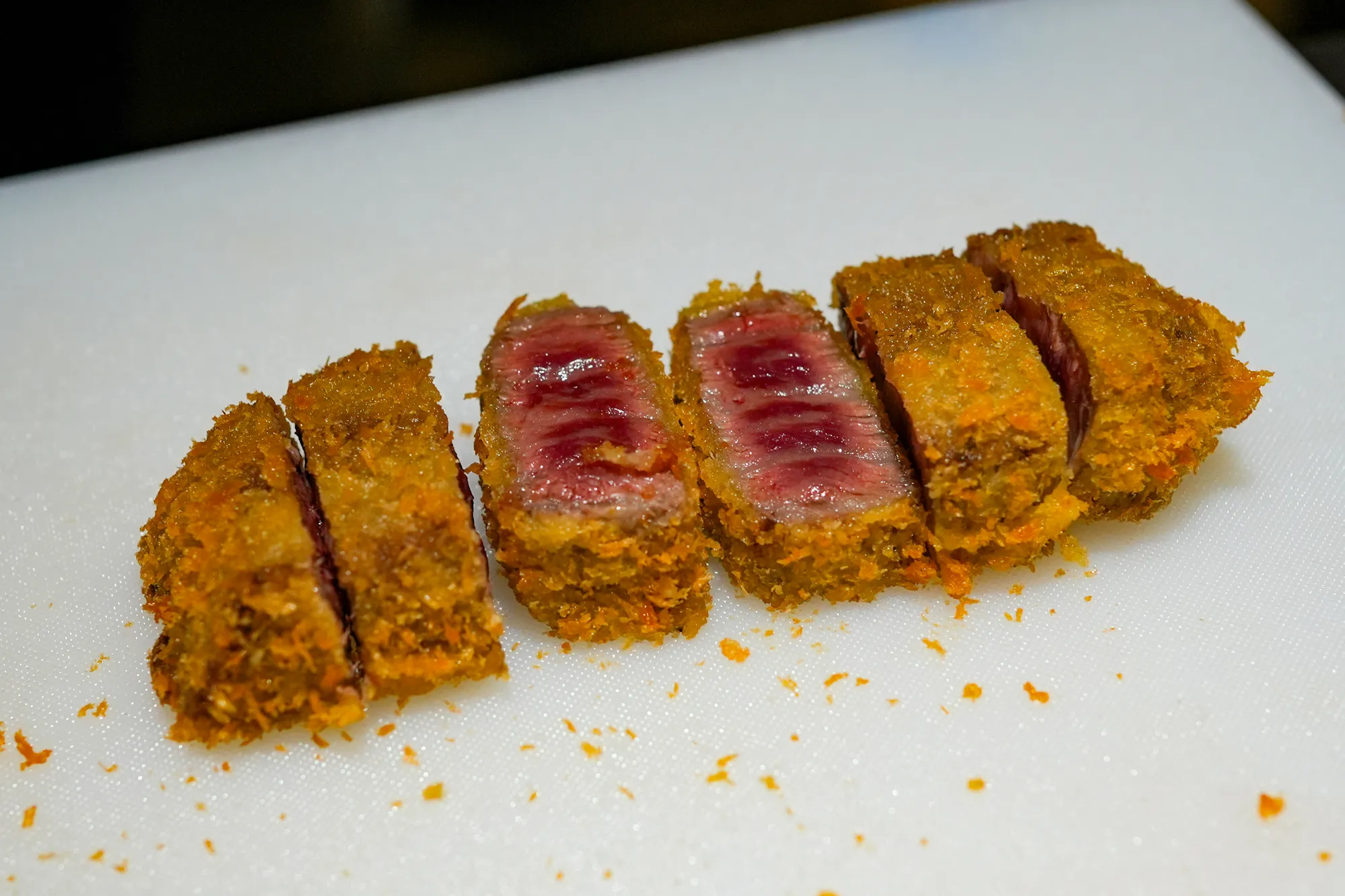
First, let’s start with everyone’s favorite: beef cutlets. Compare the two cuts of beef using sirloin and thigh. Both are so savory. Unlike pork cutlets, wagyu does not need to be cooked as much, but it can be deep-fried very well. However, there is an expert technique to do so. Also, the finish varies depending on the type of flour used and the method of coating the wagyu with the flour.


Coming up next is ‘sukiyaki,’ a beloved Japanese dish. A key determinant of quality in ‘sukiyaki’ is the ‘warishita’ (a stock mixed with soy sauce, mirin (sweetened sake), and sugar used to flavor sukiyaki).
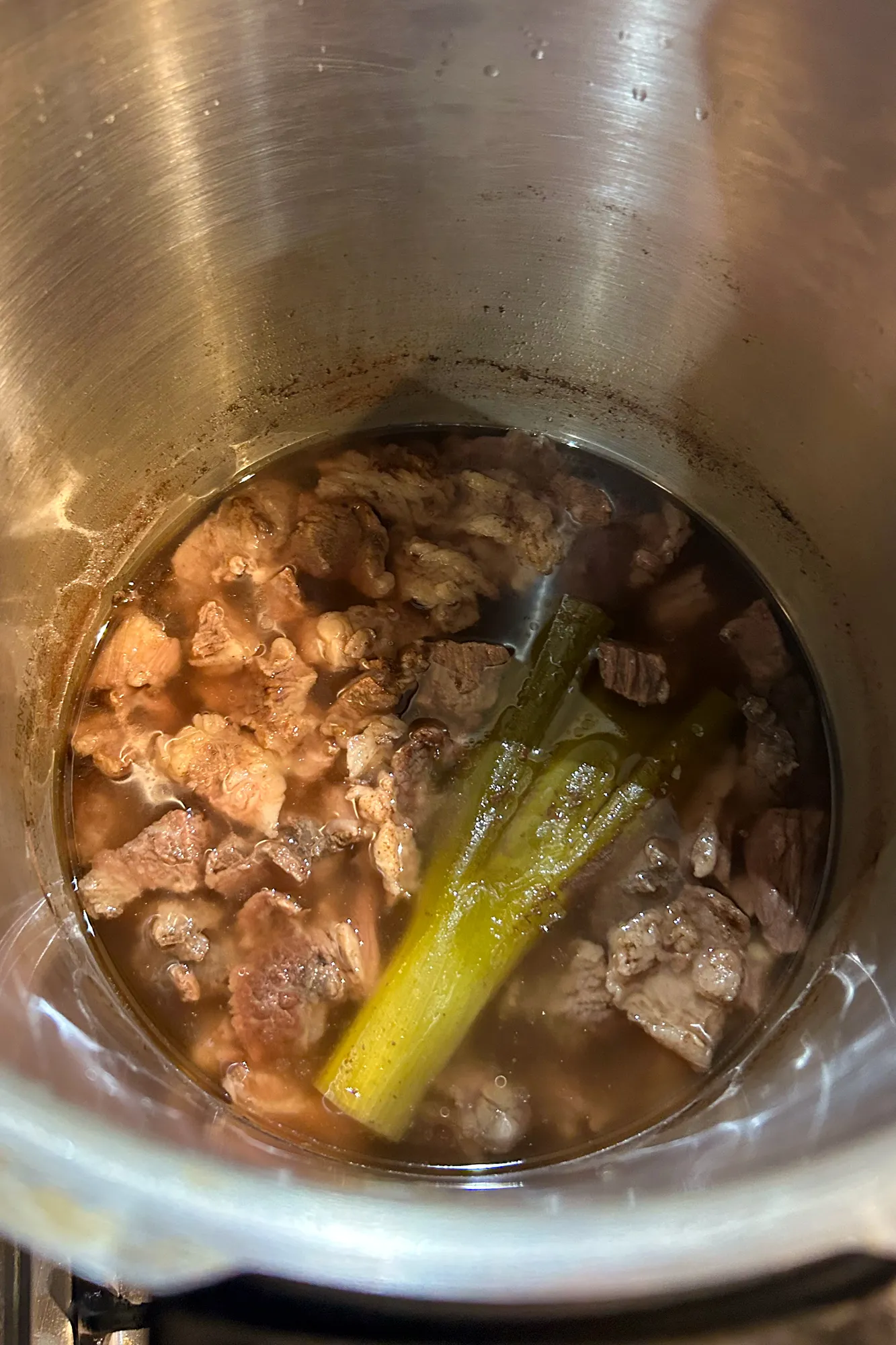
The student also shows keen interest in beef sinew and fatty meat, which are remnants when a block of beef is cut. He learns from the instructor about how to use these parts for cooking without wasting them, even though it is unscheduled. He does not want to throw them away, so he is very happy to learn their effective use.
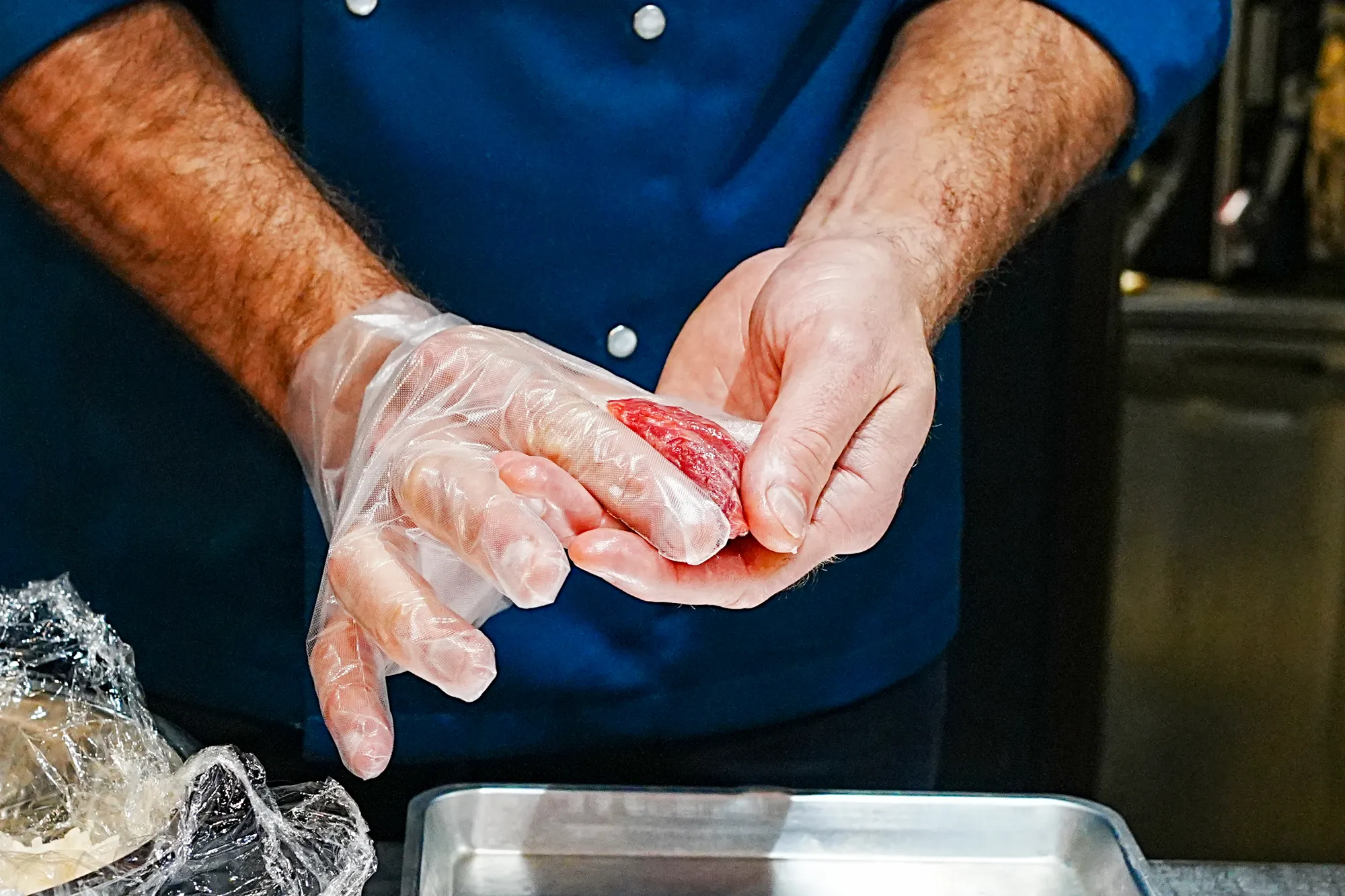
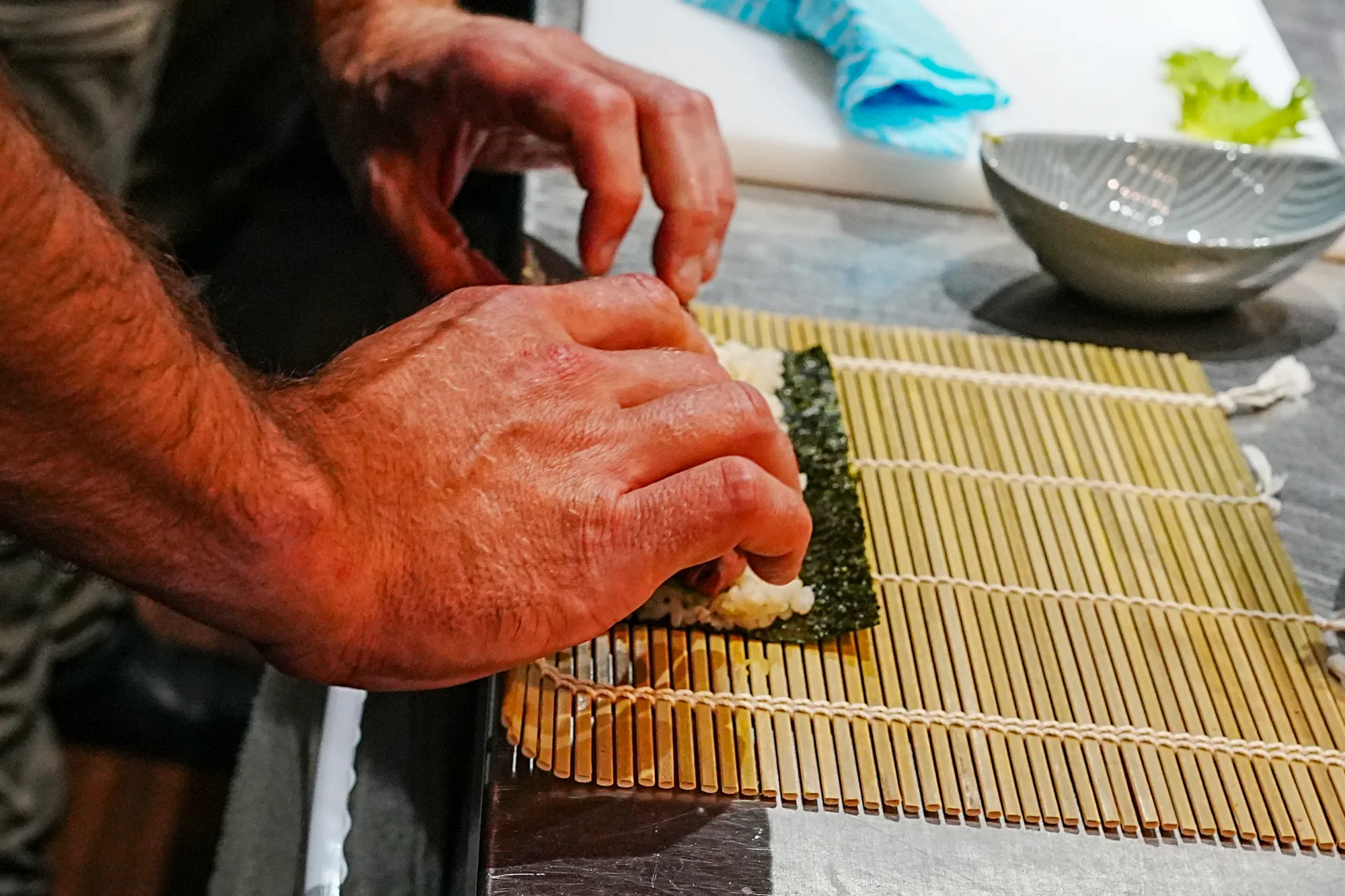
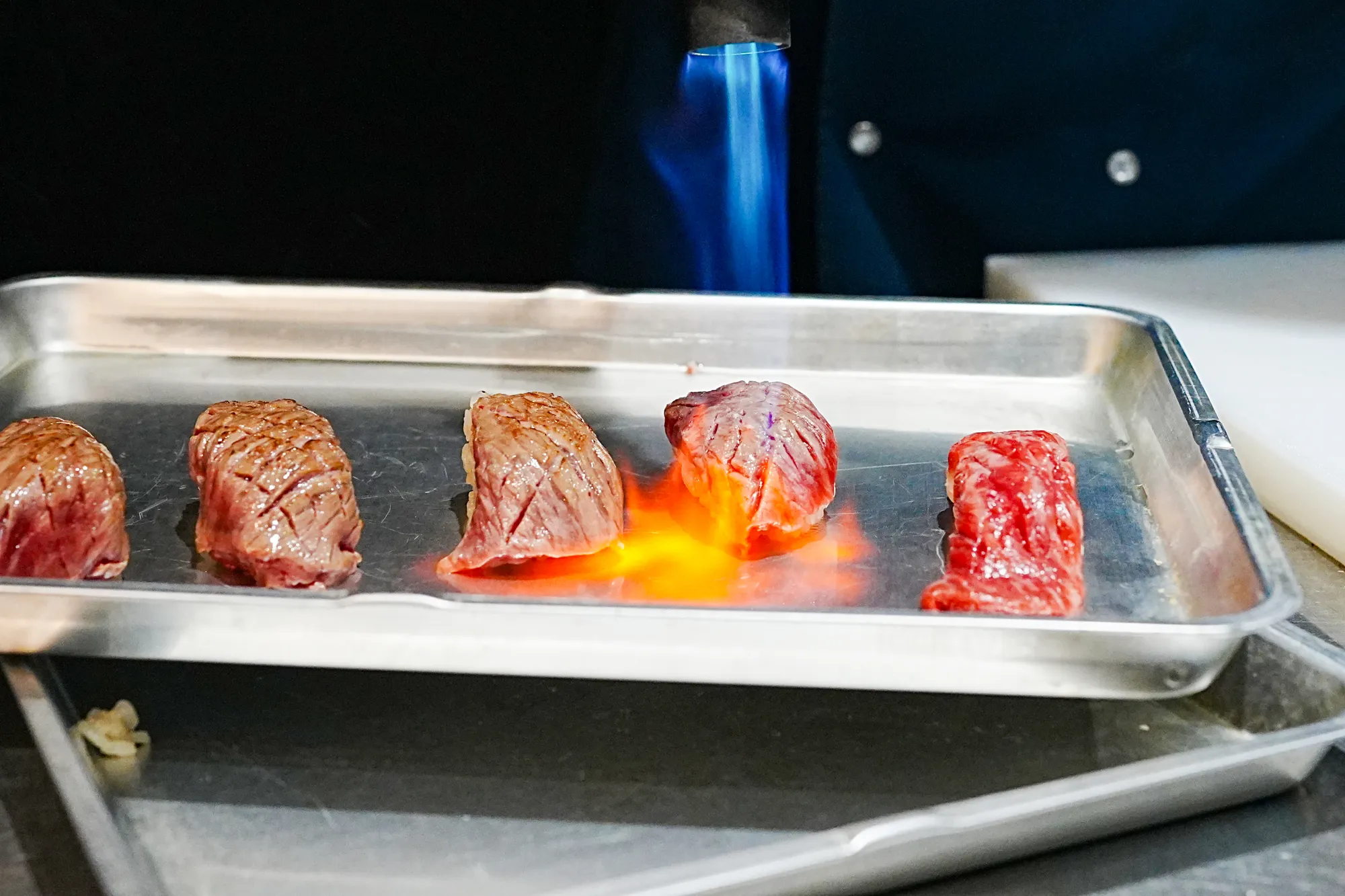
To conclude the first day of the Wagyu Session, the student crafts sushi using wagyu, such as nigiri with lightly seared wagyu and thin sushi rolls.
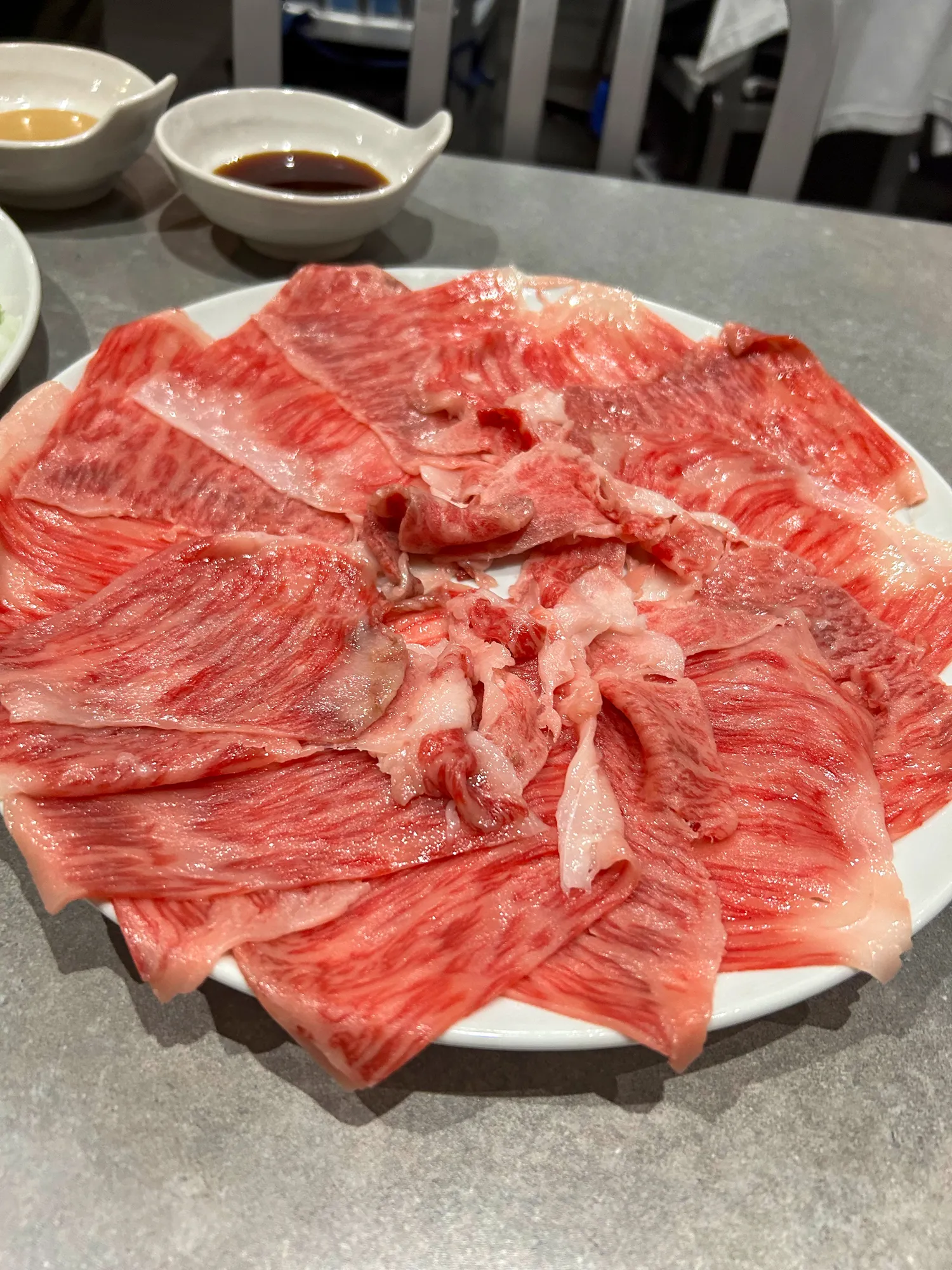
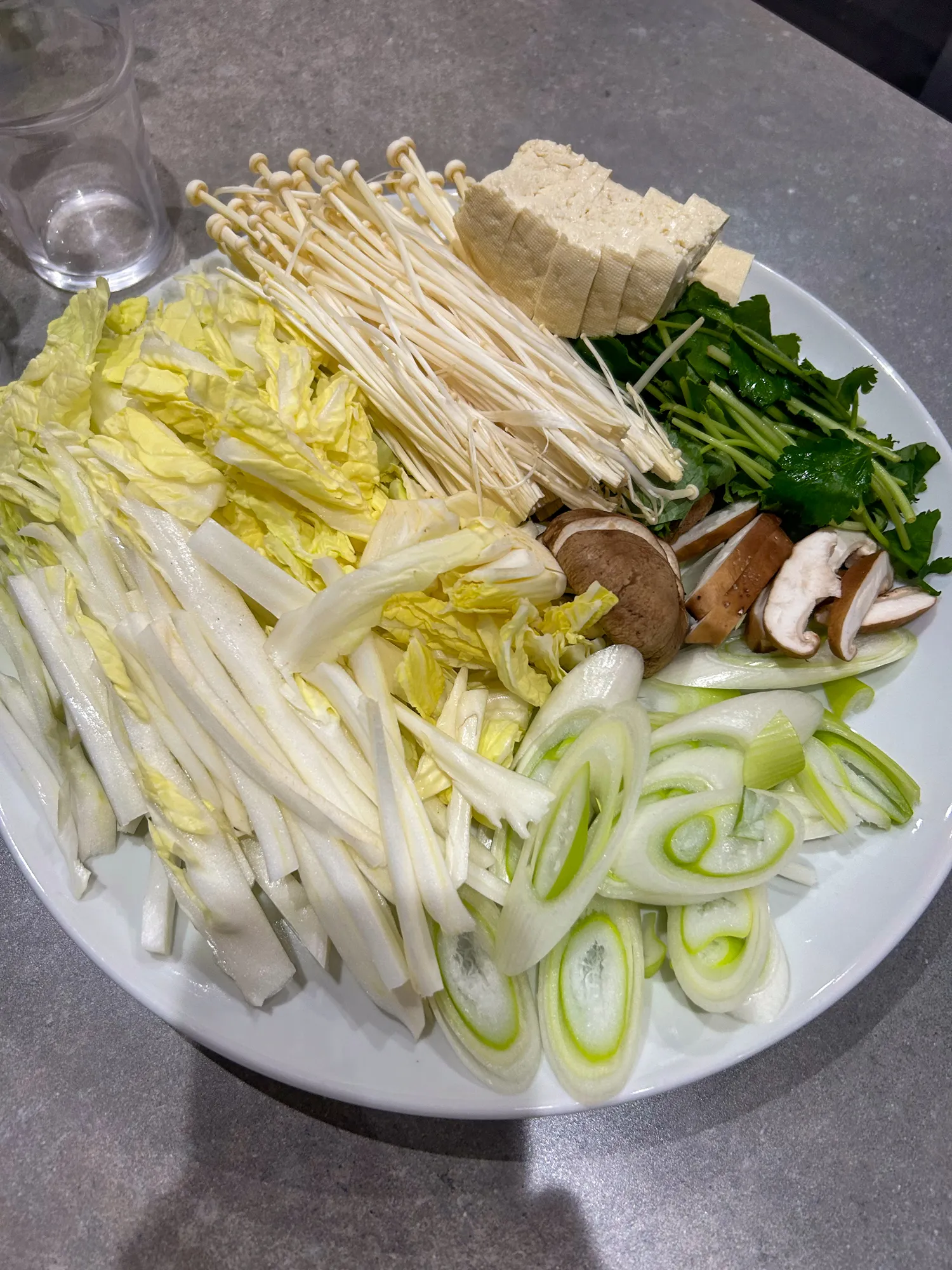
The second day begins with ‘shabu shabu’ (a Japanese hot-pot dish featuring thin slices of pork or beef that are swished for a few seconds in boiling broth, then dipped into a sauce and eaten immediately). The student learns to make the sauce from scratch. While ready-made ones are delicious, making them yourself is the best. He is also provided with a recipe and cooking tips!
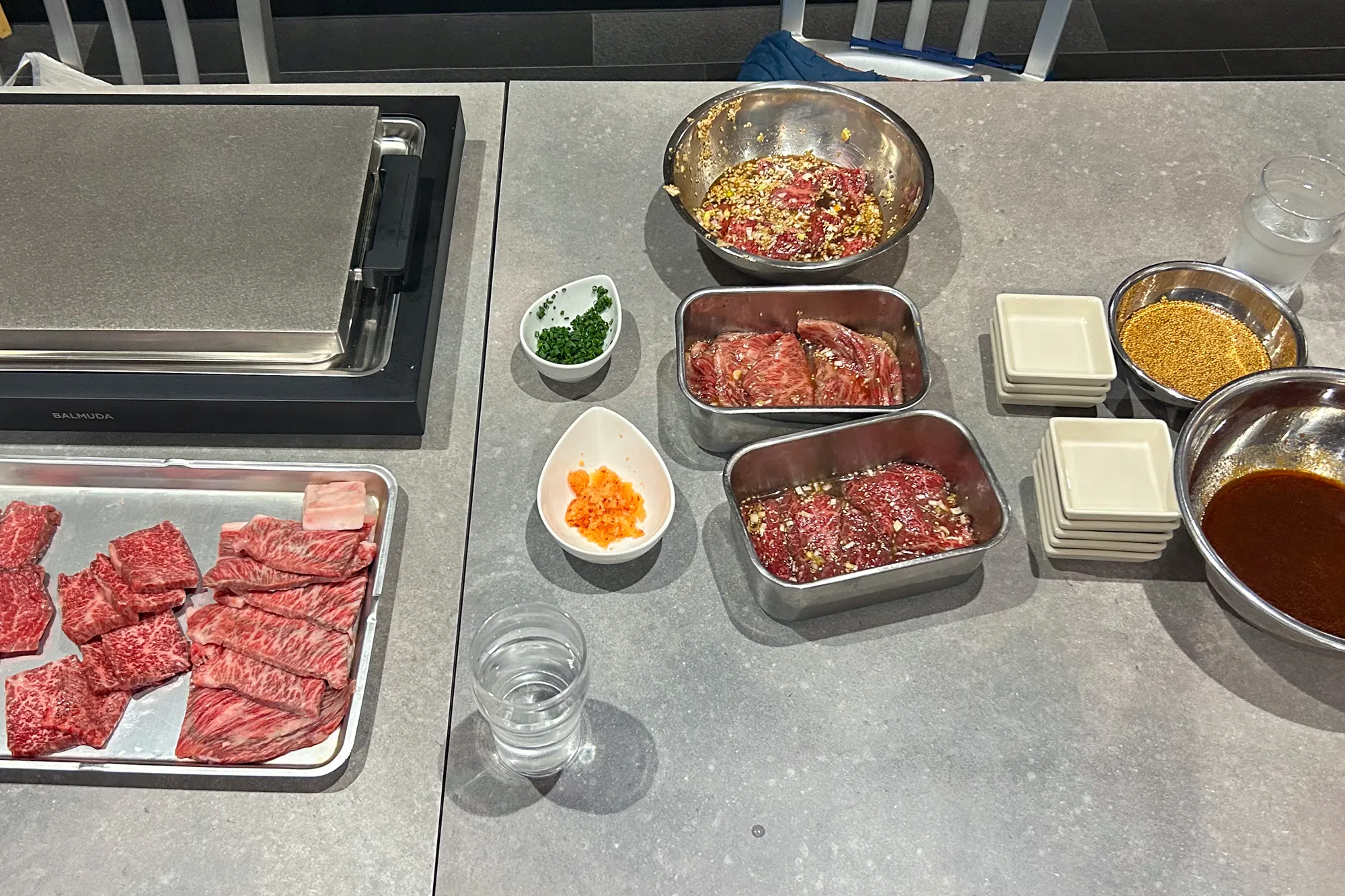
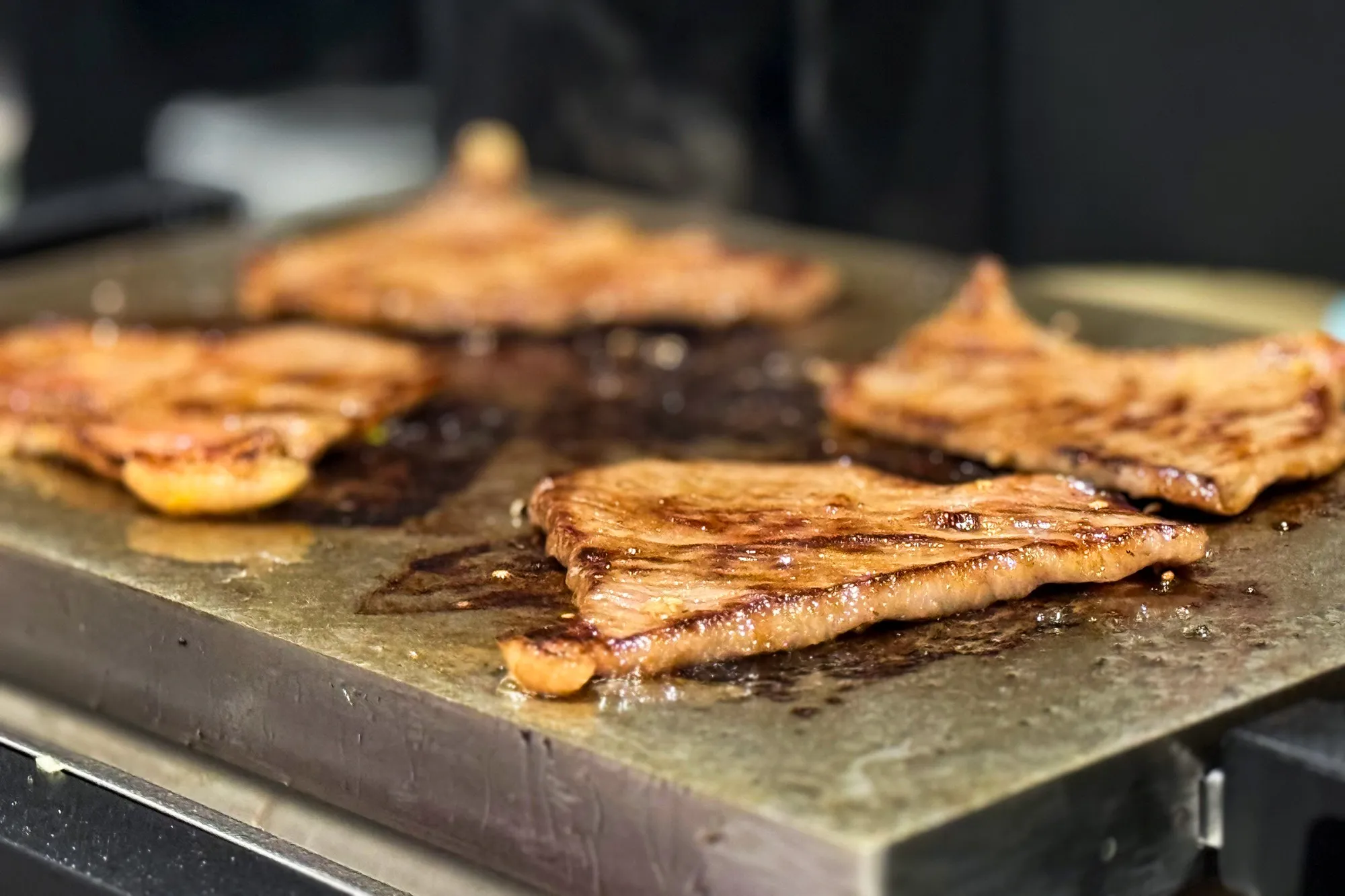
Next, he learns two different ways of enjoying ‘yakiniku’ (Korean-style barbecue). One is eating grilled wagyu with a sauce, while the other is eating wagyu kneaded with a sauce. He compares different ways in order to find how he would like to eat.
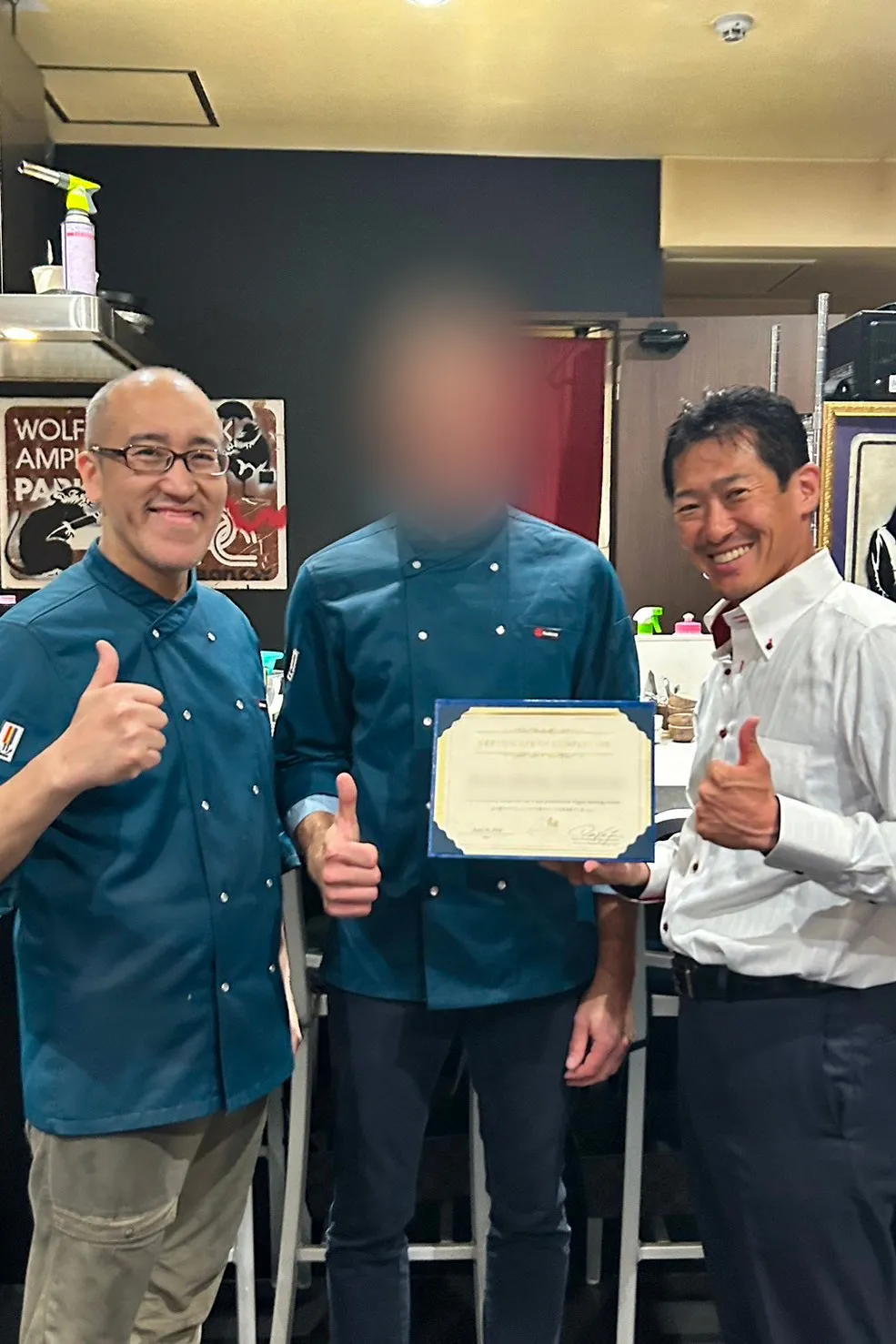
Finally, he completes the preparation of the beef sinew he used the previous day and receives useful instructions on how to cook it.
Four days may seem short, but the sessions are filled with a lot of pleasure and new discoveries for the student. We will contact you if we have the chance to visit Europe. Please visit us again if you come to Japan next time.

